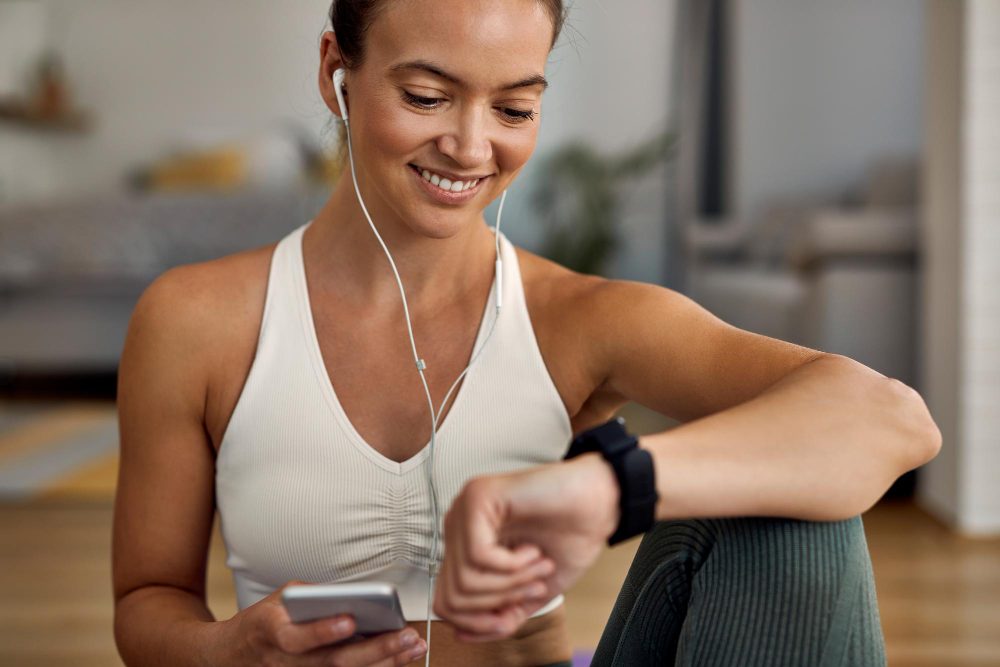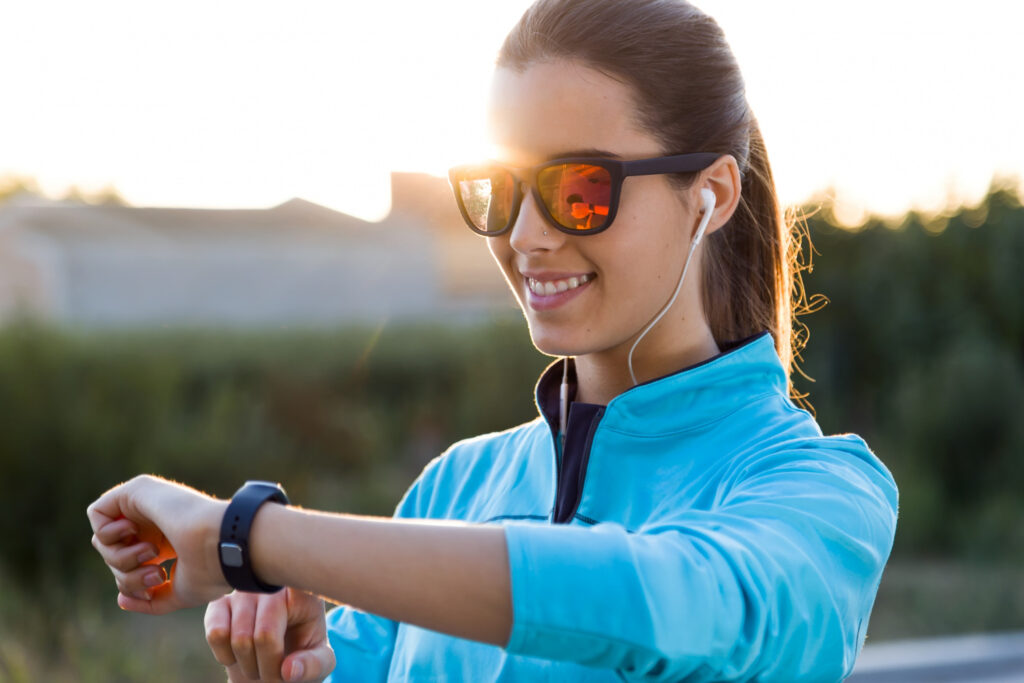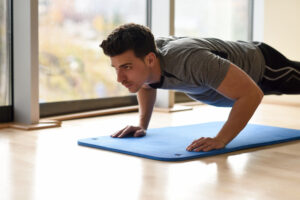Staying healthy used to mean hitting the gym a few times a week and watching what you eat. While those habits still matter, technology is now playing a much bigger role—especially wearable fitness tech. Smartwatches, fitness bands, rings, and even smart clothes have become part of how many people move, rest, and take care of themselves.
But with so many options and features, it can be hard to know what’s actually helpful. Let’s explore how these devices work, what they can (and can’t) do, and how they’re helping real people feel better—without needing a personal trainer or a science degree.
What Is Wearable Fitness Tech?
Wearable fitness tech includes any device you wear that tracks your physical activity, health, or habits. Think of it as a health buddy on your wrist, finger, or chest. These devices aren’t just for runners or gym lovers—they’re for anyone curious about their health.
Some common examples:
- Smartwatches like Apple Watch, Fitbit, and Garmin.
- Fitness bands focused on movement, heart rate, and calories.
- Smart rings like the Oura Ring, which focus on sleep and recovery.
- Posture sensors and smart clothing that track how you move throughout the day.
What These Devices Can Track
These gadgets have come a long way. Here’s what many devices can measure now:
- Steps and distance
- Heart rate and heart rate variability (HRV)
- Calories burned
- Sleep duration and sleep stages
- Blood oxygen
- Body temperature trends
- Breathing rate and stress indicators
- Daily recovery scores
Latest Smart Features in Wearable Fitness Devices
The biggest change isn’t just what these devices track, but how smart they’ve become:
- AI-powered coaching with personalized suggestions.
- Mental wellness tools like mood tracking and breath exercises.
- Improved sleep insights with tailored tips.
- Lightweight, stylish designs you barely notice.
- Simplified data with actionable tips instead of overwhelming charts.
Why People Love These Devices
There are plenty of reasons why wearable tech has become a daily habit for millions:
1. They create awareness
They help you notice patterns in your daily activity or sleep that you might otherwise miss.
2. They offer gentle motivation
They offer gentle motivation. Encouraging reminders to move, breathe, or relax help keep you on track without pressure. For more motivation strategies, see my article on How to Stay Motivated for Fitness
3. They turn goals into habits
Tracking progress helps turn small goals into consistent routines.
4. They feel supportive
These tools are seen as partners, not judges—they help, not shame.
Everyday Benefits for Everyone
You don’t need to be an athlete. Wearables help in everyday life too:
- Office workers reduce stress with breathing reminders.
- Parents track sleep to stay balanced.
- Older adults feel safer with emergency alerts.
- Students improve focus with wellness breaks.
- People recovering from illness monitor progress gently.
Older adults feel safer with emergency alerts. Wearables are also great for helping seniors stay active and healthy. Learn about inclusive programs designed for older adults in my article on Senior Fitness.
Let’s Talk Limitations
Wearables are tools—not solutions on their own. They won’t replace healthy habits or give perfect data.
- They can’t force you to be active.
- Their data isn’t always 100% accurate.
- Too much tracking can feel overwhelming.
They’re best used as friendly guides, not strict rules.
Tips for Making the Most of Your Wearable Fitness Device
- Don’t check them constantly—once or twice a day is enough.
- Set simple, realistic goals.
- Use insights to adjust habits, not stress about them.
- Celebrate progress—every bit helps.
- Mute notifications when you need a break.
Balance Is the Key
Wearable fitness tech is about awareness, not perfection. When used mindfully, it can support healthier choices and daily balance. Whether it helps you move more, sleep better, or simply feel more connected to your own body—it’s worth exploring.
Let’s hear from you!
Have you tried a fitness tracker or smartwatch? What did you like—or not like? Drop your thoughts in the comments. Your experience could be just what someone else needs to get started or stay motivated.

Sources
ACSM (American College of Sports Medicine) – In its annual “Worldwide Fitness Trends” report, wearable technology was ranked as the #1 fitness trend for 2025, ahead of mobile apps and tailored exercise programs. The report highlights that wearables offer data-driven coaching, biofeedback like HRV and sleep tracking, and help fitness professionals design effective, personalized plans.
https://acsm.org/top-fitness-trends-2025 acsm.org+1theicecommunity.com+1
ScienceAlert – Reports that wearable fitness devices can be powerful tools for long-term behavior change, helping users stick to fitness goals (e.g., more consistent movement, regular walking), especially when combined with proven habit-building strategies.
https://www.sciencealert.com/one-fitness-accessory-makes-you-up-to-7-times-more-likely-to-stay-active sciencealert.com
UPMC – Highlights data showing that people who track activity with wearables take on average 1,800 extra steps per day, improve their fitness and body composition, and become more proactive about their health.
https://share.upmc.com/2025/05/how-wearable-tech-improves-health-fitness/ share.upmc.com+1uclahealth.org+1





